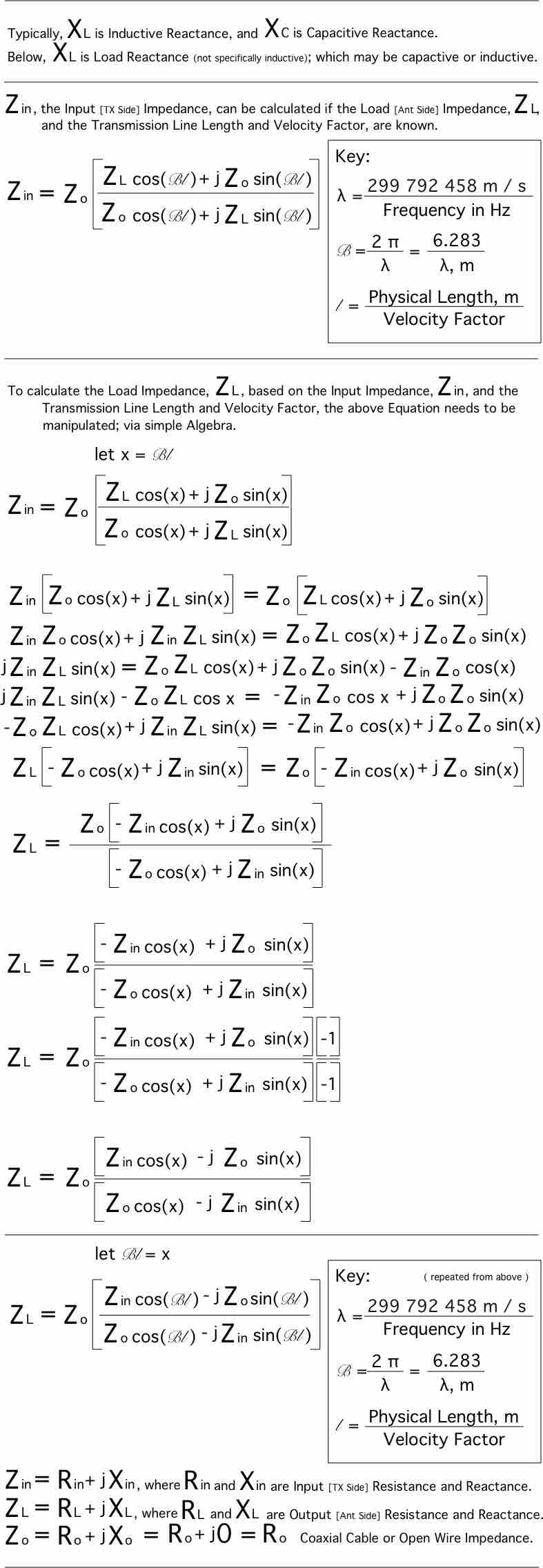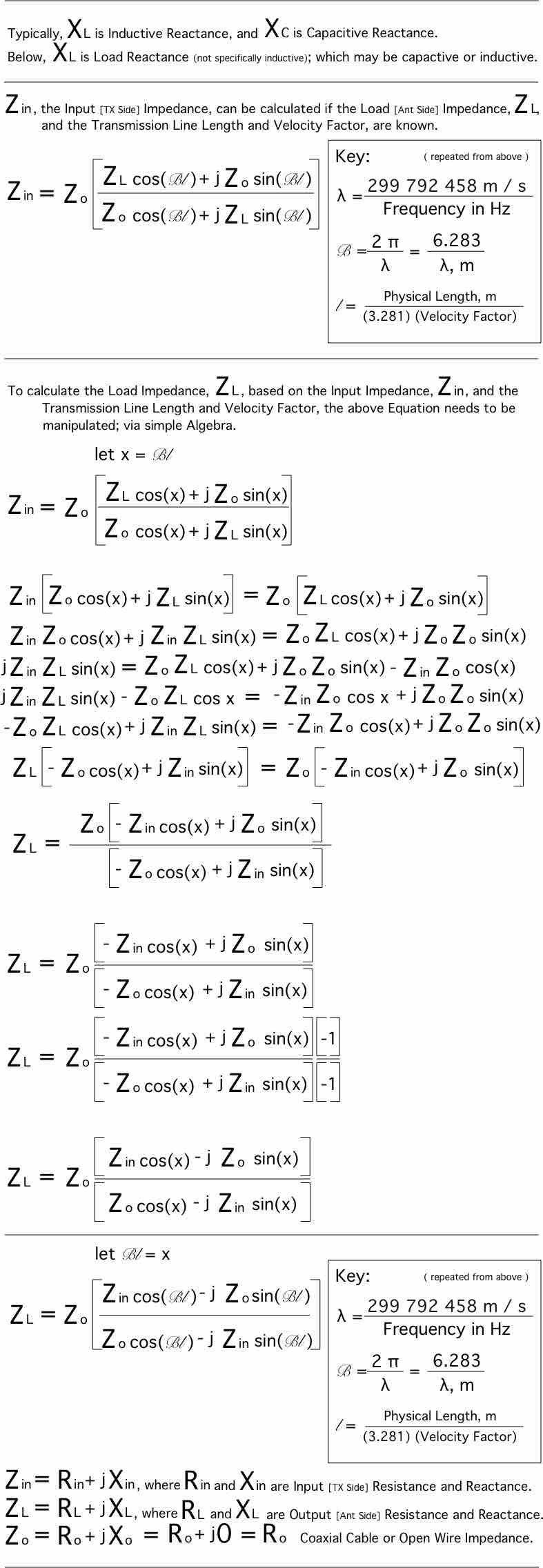

Using the 'Terminal' Application of an iMac 27" 2017 ...
Example:
Below, of what was entered after entering 'python' <return>; which causes 'Python 3.7.0 (v3.7.0:1bf9cc5093, Jun 26 2018, 23:26:24)' to run.
Please Note:
All of the 'Python' '>>> ' Prompts were removed, for clarity.
Enter the Code in red below, and tap the <return> Key.
The <return> Key on a Macintosh is the <Enter> Key on a PC.
------------------------------------------------------------------------------
Last login: Sat Oct 13 07:10:22 on console s@s.local:~:python
Python 3.7.0 (v3.7.0:1bf9cc5093, Jun 26 2018, 23:26:24) [Clang 6.0 (clang-600.0.57)] on darwin Type "help", "copyright", "credits" or "license" for more information.
import math as m # Importing the standard Math Module / Package. Instead of 'math.cos()', one only needs to enter 'm.cos().
import cmath as cm # Importing the complex Math Module / Package. Instead of 'cmath.cos()', one only needs to enter 'cm.cos().
ZO = complex(50, 0) # Enter the complex Values of the Transmission Line. Transmission Lines have 0 Reactance, only Resistance.
ZL = complex(75, 200) # Enter the Antenna Side Real and Reactance Values. ZL = RL - jXL. Here RL = 75 Ohms, and XL = 200 Ohms.
lamda = 300 / 7.050 # lamda is the calculated Wavelength. 300 is 300000000 m/s - the Speed of Light. 7.050 is 7050000 Hz, a 40m Amateur Radio Frequency.
beta = ( 2 * m.pi ) / lamda # beta is the Imaginary Part of the Propagation Constant; and, represents the rate at which the RF Waves oscillate as a function of Position on the Transmission Line.
# Below we will make the Physical Length of the Transmission Line to 25 meters, or 82.021 feet.
cLen = 25 / 0.66 # cLen is the Wavelength Length of the Transmission Line. This Length is always longer than the actual Physical Length.
x = beta * cLen # # By letting x = beta * cLen, it is easier to handle the single Variable of the 'm.cos()' and 'm.sin()' Functions.
cosx = m.cos(x) # Calculate the cosine of x.
sinx = m.sin(x) # Calculate the sine of x.
num01 = ZO*(complex((ZL*cosx),(ZO*sinx))) # Calculate the Numerator Value.
den01 = complex((ZO*cosx),(ZL*sinx)) # Calculate the Denominator Value.
Zin = num01/den01 # Finally, calculate the Input (or Transmitter) Impedance (complex) Values.
Zin # Entering only 'Zin' <return> displays the Calculated Values. The 1st Value is Rin, and the 2nd Value is Xin.
(6.2917231391714425+38.6988789791344j)
# Let us now confirm the 2nd Equation: ZL = ZO (Zin cos(x) - jZO sin(x)) / (ZO cos(x) - jZin sin(s)).
num02 = ZO*(complex((Zin*cosx),(-ZO*sinx))) # Calculate the Numerator Value.
den02 = complex((ZO*cosx),(-Zin*sinx)) # Calculate the Denominator Value.
ZL02 = num02/den02 # Finally, calculate the Output (Ant) Impedance (complex) Values.
ZL02 # Entering only 'ZL02' <return> displays the Calculated Values. The Values should match the 'ZL' Values entered in the 4th Line of Code above.
(75.00000000000004+200.00000000000006j)
ZL, ZL02 # Another way to show ZL [entered above] and ZL02 [just calculated].
((75+200j), (75.00000000000004+200.00000000000006j))
------------------------------------------------------------------------------
Yes, you can actually copy each and every Line of Code [with / without the # and Text after it], individually - and paste into 'Terminal' the Text (and then press <return>); and after the final <return> - you should the originally entered ZL, and the calculated ZL02. This therefore proves the ZL = (ZO (Zin cos(Bl) -j(ZO sin(Bl))) / (ZO cos(Bl) -j(Zin sin(Bl))) resultant Equation, generated above, is correct.
©2008 - 2099, Alle Rechte vorbehalten, SJWL